3D printing in the art world: the fantastic sculptures of Dmitry Kawarga
Here we tell about Dmitry Kawarga’s experience creating sculptures with a PICASO 3D Designer printer that he purchased from us.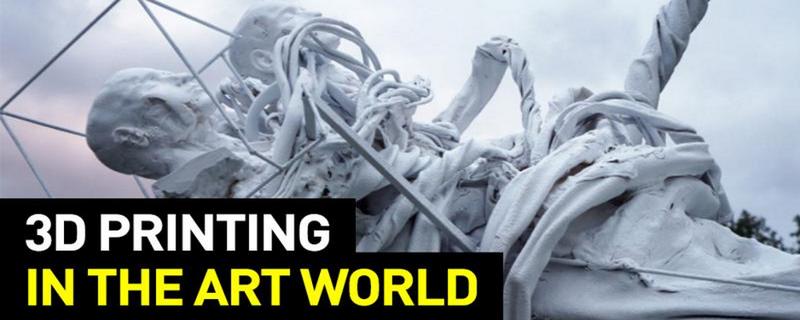
3D scanning and 3D printing technologies are not exclusively bound to the realms of recreation and manufacturing - they’ve also found their place in the professional art world. For example, we recently told the story of how we recreated Vera Mukhina’s iconic Worker and Kolkhoz Woman sculpture for the House of European History, a European Parliament museum in Brussels.
3D scanning and printing are indispensible in creating replicas of three-dimensional objects, but they can also be used in creating original artwork.
What this is all about
This is the story of one of our customers, renowned contemporary artist Dmitry Kawarga. To be more precise, it’s the story of his experience creating sculptures with a PICASO 3D Designer printer that he purchased from us. Dmitry kindly provided all the illustrations for this article.
This is the story of one of our customers, renowned contemporary artist Dmitry Kawarga. To be more precise, it’s the story of his experience creating sculptures with a PICASO 3D Designer printer that he purchased from us. Dmitry kindly provided all the illustrations for this article.
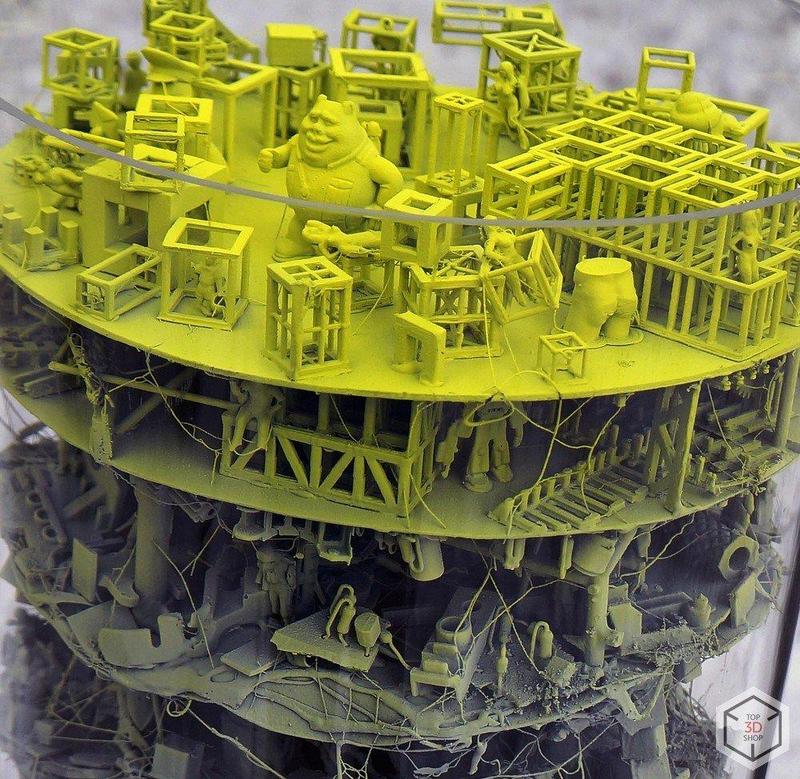
Paleogeomorphology. Core sample #17.” Upper section.
How he chose his printer
Dmitry is a diligent man, and not one to make hasty decisions. Having no prior experience of 3D printing, he took his time and researched the subject extensively before choosing a printer.
“I had to consult with all the robotics people I know who have any degree of involvement with 3D printers. Their advice was thorough and detailed, but so contradictory and convoluted that I began to wonder if they were somehow conspiring to confuse me.”
After much debate, Dmitry finally settled on the PICASO Designer, a tried and tested device ideal for turning fantasy into reality.
PICASO 3D Designer
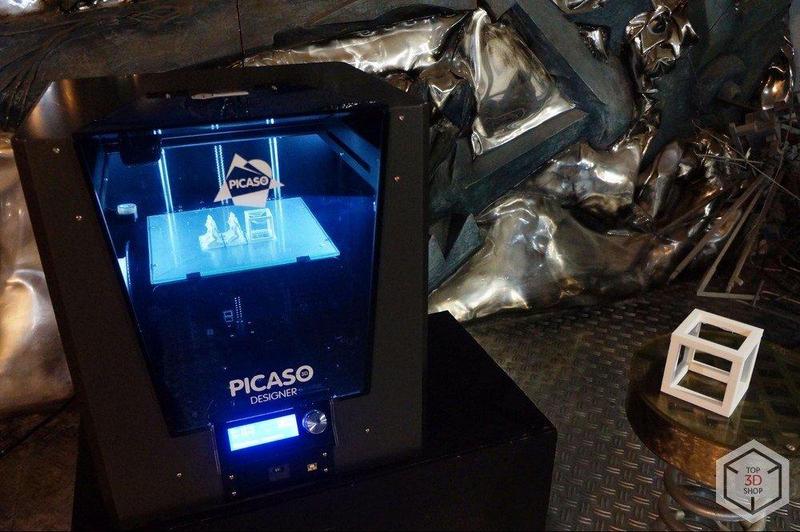
- Print technology: FDM
- Print chamber: 200mm x 200mm x 210mm
- Layer resolution: 50μm
- Print speed: 30 cm3/hour
- Printing materials: ABS, PLA, Nylon, Flex, Laywood
- Price: 119 000 rubles
- The Designer X PRO, an updated PICASO 3D printer with twin extrusion and other improvements, is now available
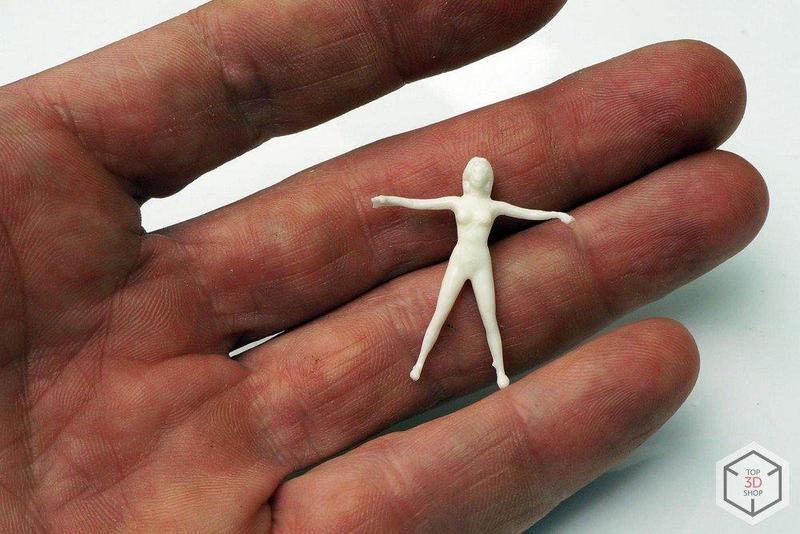
How it’s used
Dmitry’s main task for the 3D printer is to print endless quantities of small components for his sculptures. These range from structural parts with straight, sharp lines to organically-shaped biomorphic elements, as well as all manner of cubes, gears, human and animal figurines and countless other objects.

“Paleogeomorphology. Core sample #17.” Middle section.
How he used to do it
Manually creating these vast quantities of small components was a monotonous and time-consuming process:
“Before getting a 3D printer, I would make each piece by hand and then make a mold from it. I would then use the mold to cast copy after copy after copy until I got sick of casting copies, and then I would still have to cast the same amount again. The quality was good enough, but not everything can be cast like that, not even in a high-quality rubber mold.
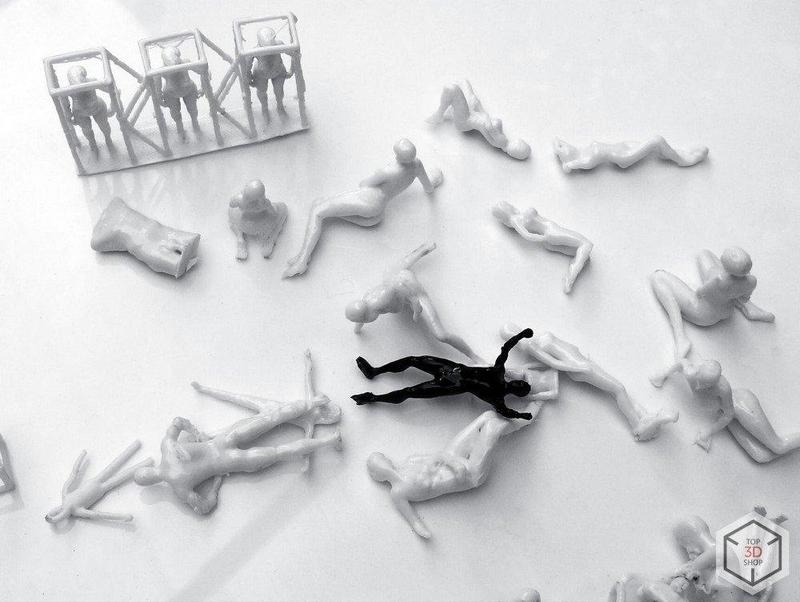
New horizons
As with other fields, 3D printing brings its own unique benefits to the world of sculpture.
“Have I opened up a new frontier for myself? Yes, you could say that. I’ve spent so much time working at those little details, and that’s a big chunk of my life that I’ll never get back, but now I can just churn them out on my PICASO. It doesn’t get tired, it doesn’t complain, it doesn’t ask to be fed and it works three times faster than I do.”
Are there any disadvantages?
Everything has its flip side, and the practice of 3D printing artwork is no exception to that rule.
“There is a downside, a big one. Getting a 3D printer has radically pushed back the limits of what I can create, and now I need a couple more printers and a 3D scanner to bring all my new ideas to life.
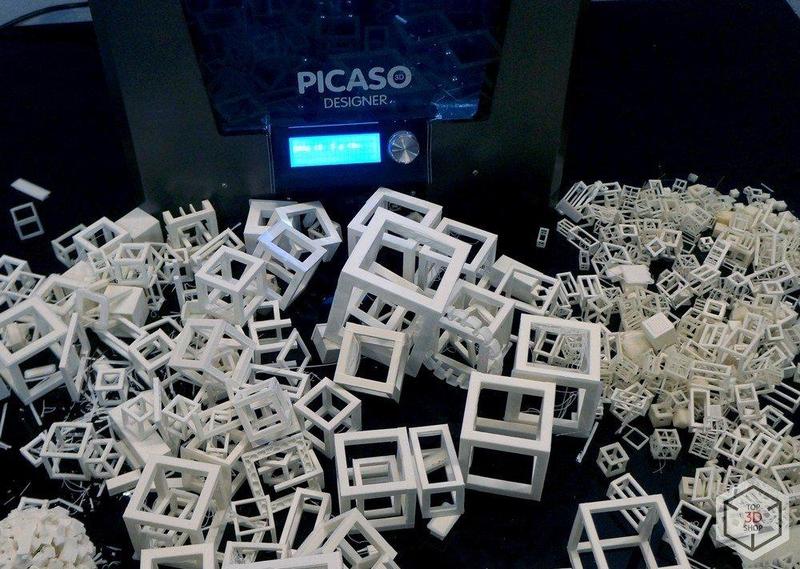

“Paleogeomorphology. Core sample #17.”
In summary
Dmitry’s case illustrates how 3D printing can be used in creating sculptures that consist of a lot of small elements, but far larger objects can also be printed.
Objects larger than the print chamber can be printed in parts and then assembled. The precision of 3D printing allows component parts to be assembled into a single composition with no visible seams, especially with some post-print processing.
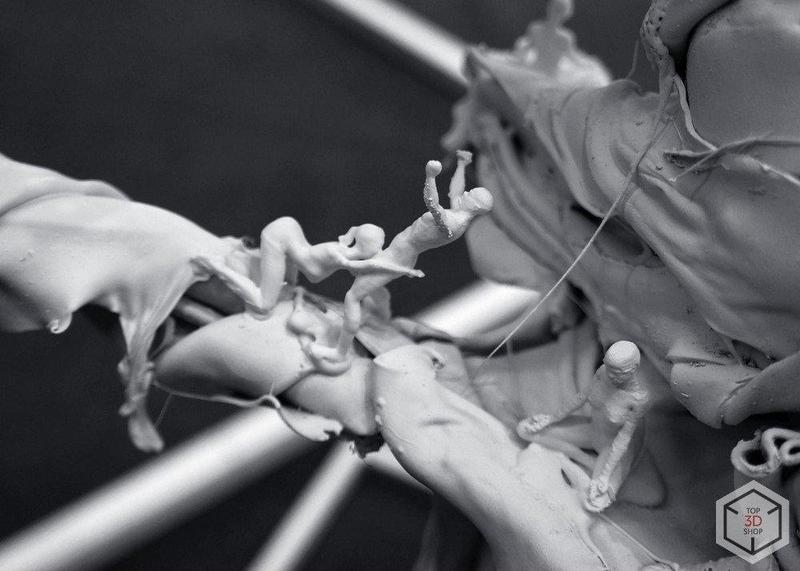
“Inhabited sculpture for birds” 2017
Creating physical objects from digital models is not yet a mainstream practice in art, even in modern art, but it is avant-garde, a future echo for turning artists’ fantasies into real, solid form.
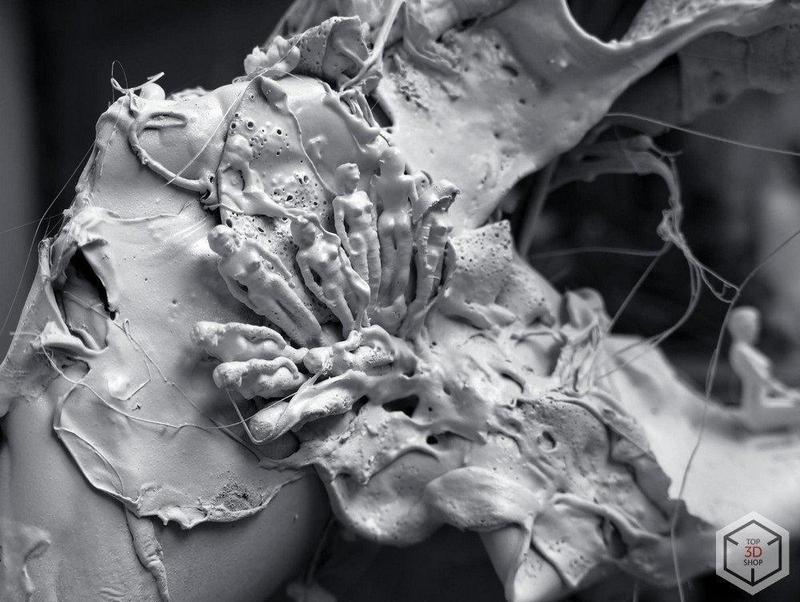

A 3D printer can be a faithful assistant not only to makers, modelers and engineers, but also to those of a more artistic calling.
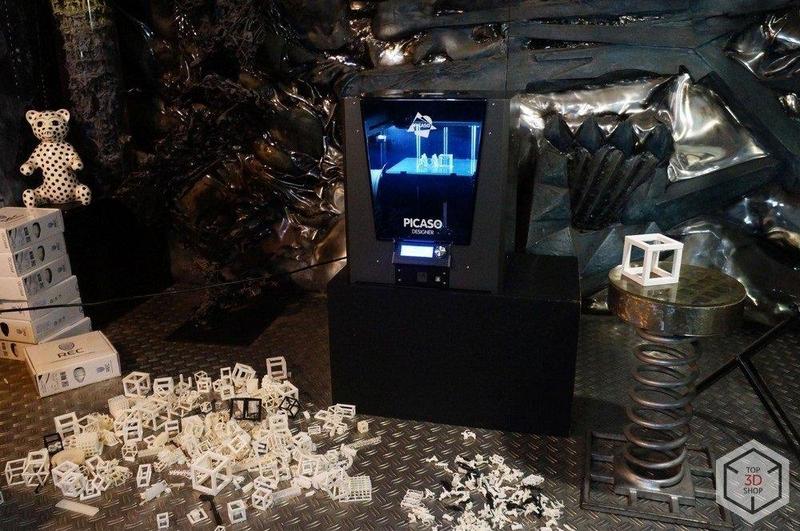
In an upcoming article we’ll show how 3D technology is used in show business by artists and prop makers to print costume elements and stage decorations.
We wish Dmitry Kawarga continued success in bringing his artistic concepts to life.
We’d also like to remind you that the Top 3D Shop online store has a comprehensive range of 3D printers, 3D scanners, consumables and accessories. Our friendly staff will be happy to advise and help you find the right choice of technology, materials and special features for your price point and requirements.
![[CASE STUDY] 3D Scanning of an Electric Car as a Part of the R&D Process](https://top3dshop.com/image/cache/catalog/blog/review_1/3d_scanning_of_an_electric_car/image_1-494x216.jpg)
![[CASE STUDY] Kreotech: Robots, 3D Printers and CNC Centers in Electronics Production](https://top3dshop.com/image/cache/catalog/blog/review_1/kreotech_production_case_study/image_12-494x216.jpg)
Write a comment